How Apple can fix the App Store — and what it would cost
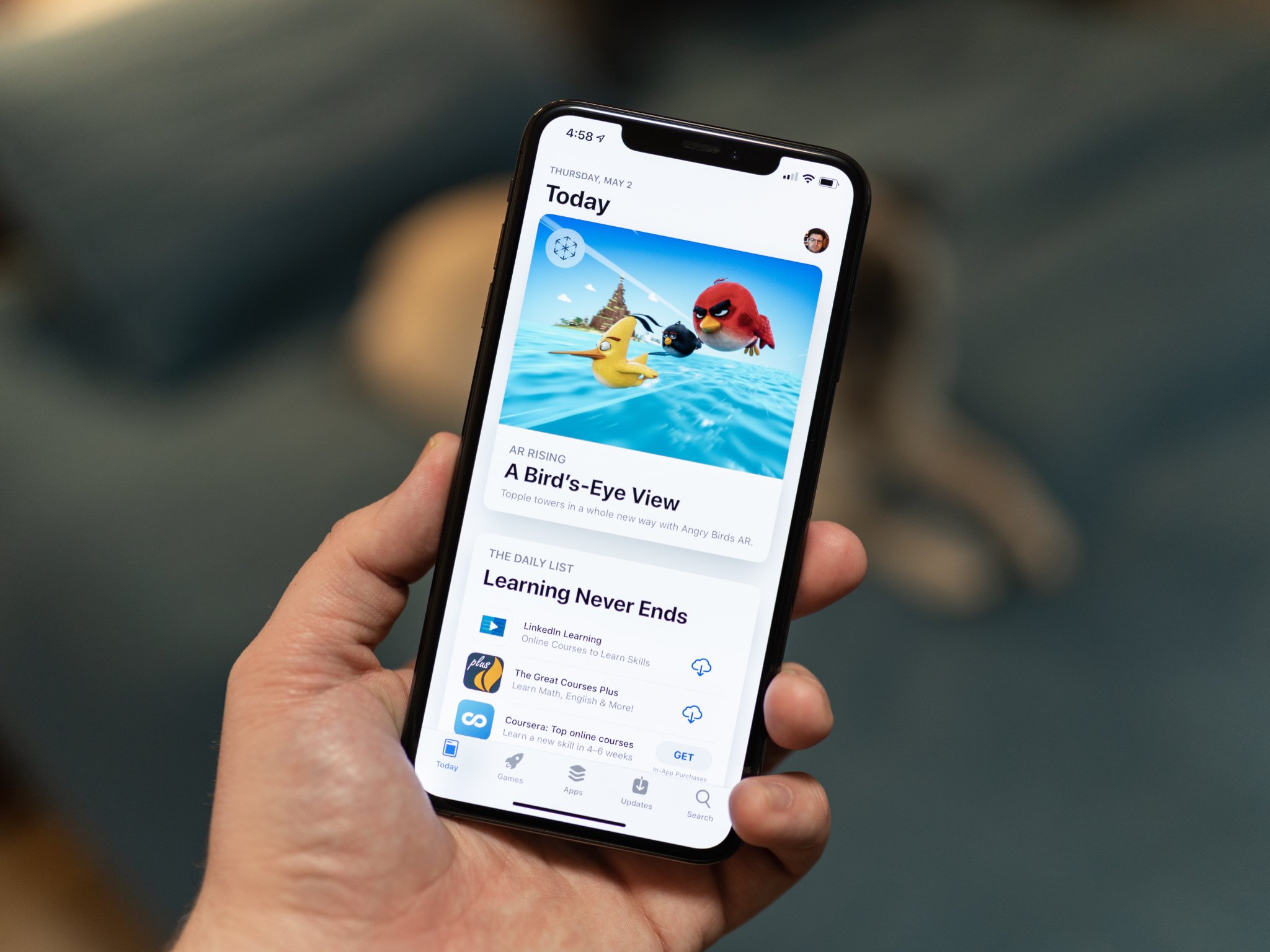
Apple's App Store is under attack. They're being sued by Spotify in the EU and Epic in the US. Some developers, big and small, are beyond salty over a host of gripes, new and institutional, real and imagined. Gamers are pissed over the lack of Xbox streaming. And regulators have them in their sights as well, breaking out all the old favorites: Monopoly abuse. Anti-competitiveness. Anti-trust. And they… well, they don't operate with lasers. They operate with hammers. Giant, gottendarung Mjolnir-like hammers.
So, what can Apple do? More to the point, what should Apple do? Add side-loading and alternate app stores? Cut the 30% and offer alternate payment options?
Well, each one of those comes with some postives and some negatives, some risks along with potential rewards...
Cutting Apple's 30%
When Steve Jobs announced the App Store back in 2008, he also announced what's known as the Agency Model.
See, in a traditional Wholesale Model, which is common in brick-and-mortar retail, the manufacturer sets a price for the retailer, and then the retailer sets a price for the customer. There's a manufacturers suggested retail price, sure, but the retailer has the final say. They can charge more if there's increased demand — gouge even — or less, even below cost if they want to have a sale or liquidate. The typical wholesale model split is 45% for the manufacturer and 55% for the retailer, which aligns with the real world costs of selling… in the real world.
It's what Walmart uses, Best Buy, Amazon, pretty much every retailer of physical goods.
With the agency model, the retailer doesn't set the price. The manufacturer does. The manufacturer decides what the regular price is and if and when they choose to have a sale, what the sale price is. And the retailer gets a percentage of that price. The typical agency model flips the split around though, with 70% for the manufacturer and 30% for the retailer, which was supposed to better align with the costs of selling in the digital world rather than the real one.
Master your iPhone in minutes
iMore offers spot-on advice and guidance from our team of experts, with decades of Apple device experience to lean on. Learn more with iMore!
That's the model and the percentage Apple used for the App Store, it's the model Google uses for the Play Store, and it's the model Microsoft, Sony, and Nintendo use for the Xbox, Playstation, and Switch stores.
And in the beginning, most people thought it was great. It opened up development and distribution to the masses, and made apps mainstream. It was a golden age of apps. And the pie was growing so fast very few people cared about Apple getting that 30% slice. Because 70% of something, so much new something, was worth way more than 100% of very little or nothing. But then two major things changed.
First, that original app market. It went from scarcity to abundance, high value to high volume. Premium to freemium. We can blame Apple for commoditizing their complements, Google and Facebook for making apps free-as-in-data, venture capitalists for growth-hacking user numbers over revenue numbers, developers for racing to the bottom and training customers to wait for sales, or users for simply not wanting to pay as much for an app as they would a… I don't know, S'mores frap.
But it wasn't any one of them. It was a confluence of all of them and more. What was happening to apps was the same as what was happening to every other form of digital content — it was losing all physical and individual value. Going from $10 a CD or DVD to $10 a month for all you can stream on Spotify or Netflix, from a couple bucks a paper for news to free on your Facebook or Google feed. What factories and big box stores were to artisans, frameworks and app stores were to indie devs. The brakes were just taken off access and scale.
Second was in-app purchases. On one hand, big developers, especially big game developers, learnt early on that while people weren't willing to pay even $2 for digital game up-front, we'd pay $20 a day just to flex better skins than our friends or get our cars back on the track faster. Basically, instant and ego-gratification. Gamification. Psy-ops, like casinos. These goods, these skins, emotes, incubators, costumes, and power ups had zero marginal costs. Literally data base entries. Maybe the most pure-profit legal business ever imagined. And as the numbers increased, as the zeros behind them grew, some of the companies became less and less eager to share all that money with anyone else. For example, Epic with the Play Store or App Store.
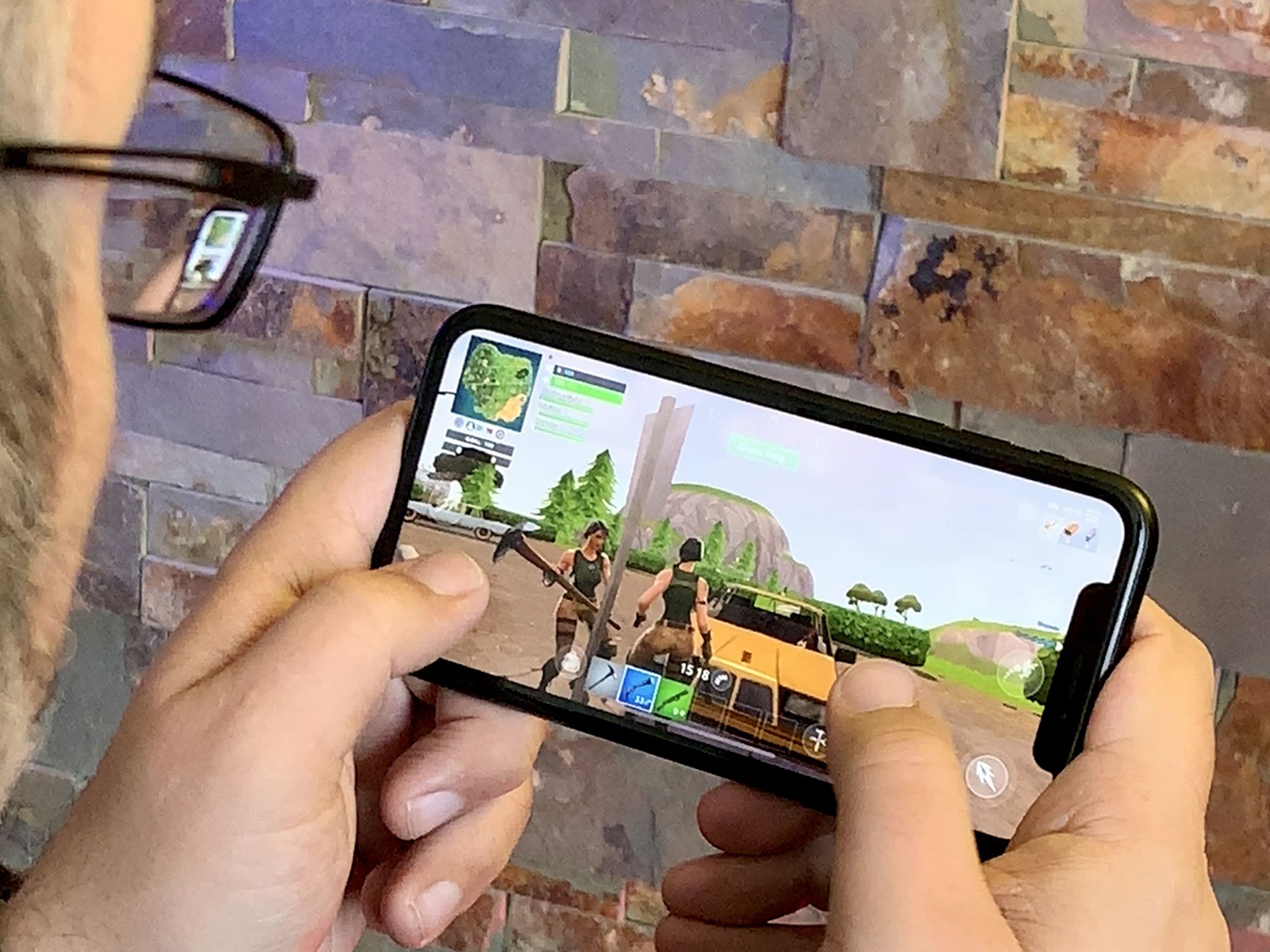
On the other hand, aggregators began using the agency model themselves. They were bundling up audio books or ebooks or comic books, or licensing music or movies, and either keeping 30% themselves or paying-per-play, and that meant they couldn't afford to then be super-aggregated up by Apple, who was essentially building apps and keeping 30%. There was no room for multiple aggregators. No way for Amazon and Apple to both keep the same 30% off the sale of the same Kindle book.
And in all those cases, either because Indies were being squeezed, aggregators were being caught in the middle, or game studios were getting all-the gluttonous, Apple's 30% cut became increasingly irksome, untenable, or simply unpalatable to them.
Apple, meanwhile, was worried that developers would cut them out of App Store revenue entirely. Leave Apple stuck handling all the platform and fulfillment costs for quote-unquote free apps making a fortune off in-app purchases.
Now, that was already true for physical goods. Walmart or Best Buy or Amazon or, hell, Dominos. If you were a retailer selling a chair or speaker or hard copy of a book or a pizza, you could use whatever account system you already had on the web.
But, for digital goods, at least at first, free apps had to stay free. You could show ads, and a brief, failed attempt at iAds aside, Apple didn't take any cut of the ad money, but you couldn't use IAP at all.
Then that changed, but if you offered IAP, you had to use Apple's IAP and associated payment system. You couldn't just have Apple fulfill your free app while you kept all the money through a web transaction. You couldn't even link to or mention web transactions. And that was fine, if irksome, for apps selling their own pure-profit digital goods. But it was untenable for aggregators who were licensing or otherwise brokering their digital good from others.
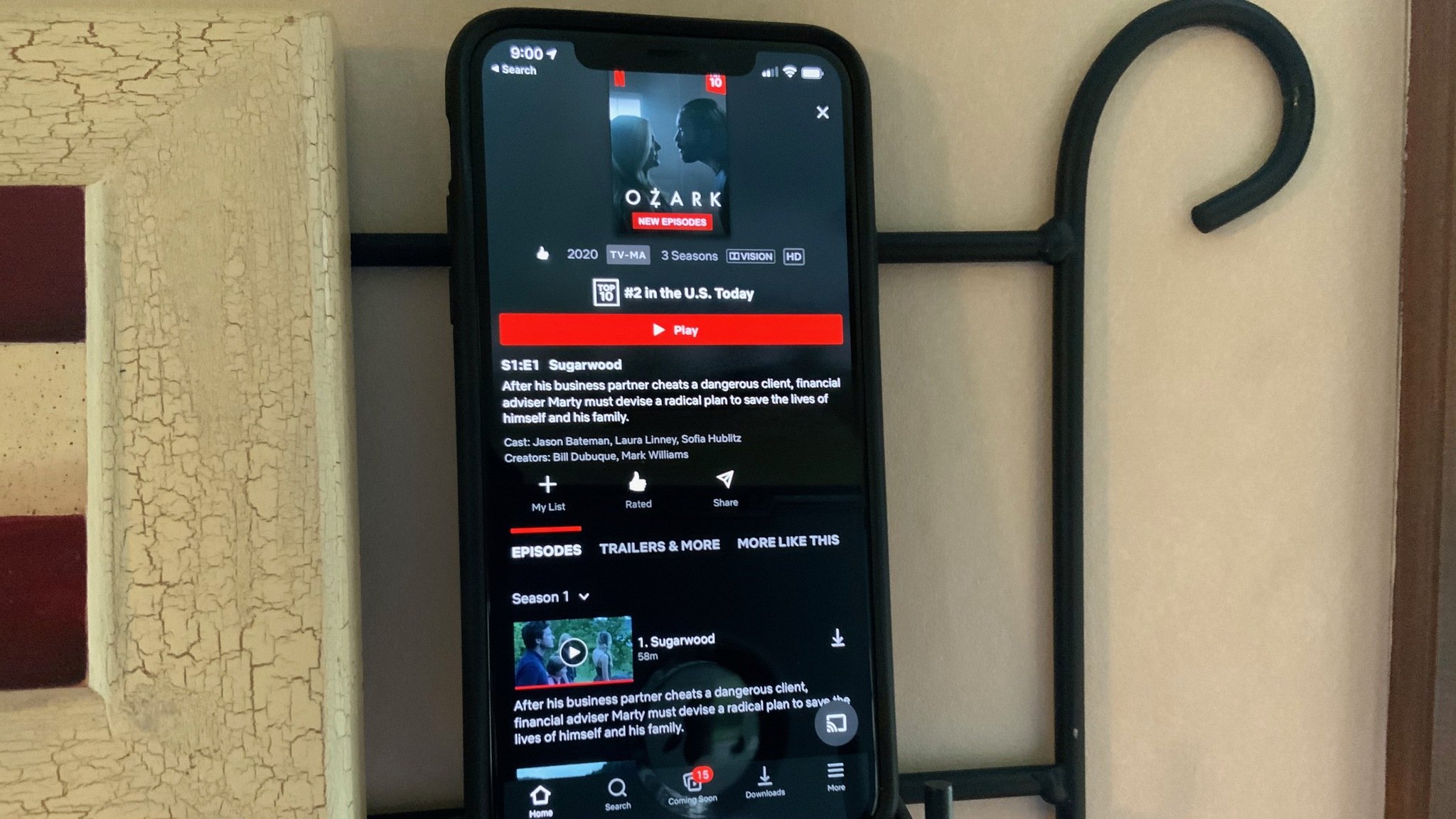
And that's basically where we still are now, today. Things have evolved slightly. Apple's revenue share for subscriptions acquired through the App Store drops from 30% to 15% after the first year. And there's a class of apps considered "readers" — what Apple says includes magazines, newspapers, books, audio, music, video, access to professional databases, VoIP, cloud storage, and approved services such as classroom management apps. These don't have to offer IAPs through the App Store at all, but can instead show a login, so you can use your existing Netflix or Kindle account or whatever. It's not a great first-run experience for customers, but this is big business money we're talking about.
Getting classification as a reader app though, seems arbitrary, as we saw with the Hey email app earlier this year. Basically, Apple said Reader apps were fine for consumer apps offering content but not enterprise apps offering Software as a Service. SAAS. Also, Amazon apparently used the Prime Video app as leverage to get Apple to allow Amazon accounts as a payment option.
Now, Netflix getting subscriptions lowered to 15% and Amazon Prime getting their own accounts is normally just how business works. Big companies use big leverage and big dollars to get big deals. The problem is, Apple has over-and-over again stated they treat all apps the same. That the smallest, newest indie dev has an equal opportunity, sitting on the App Store shelf, next to the biggest, most established incumbents. And a lot of indie devs see that beautiful dream juxtaposed against the harsh reality of big business as usual and it makes them… apoplectic.
So, what can Apple do here?
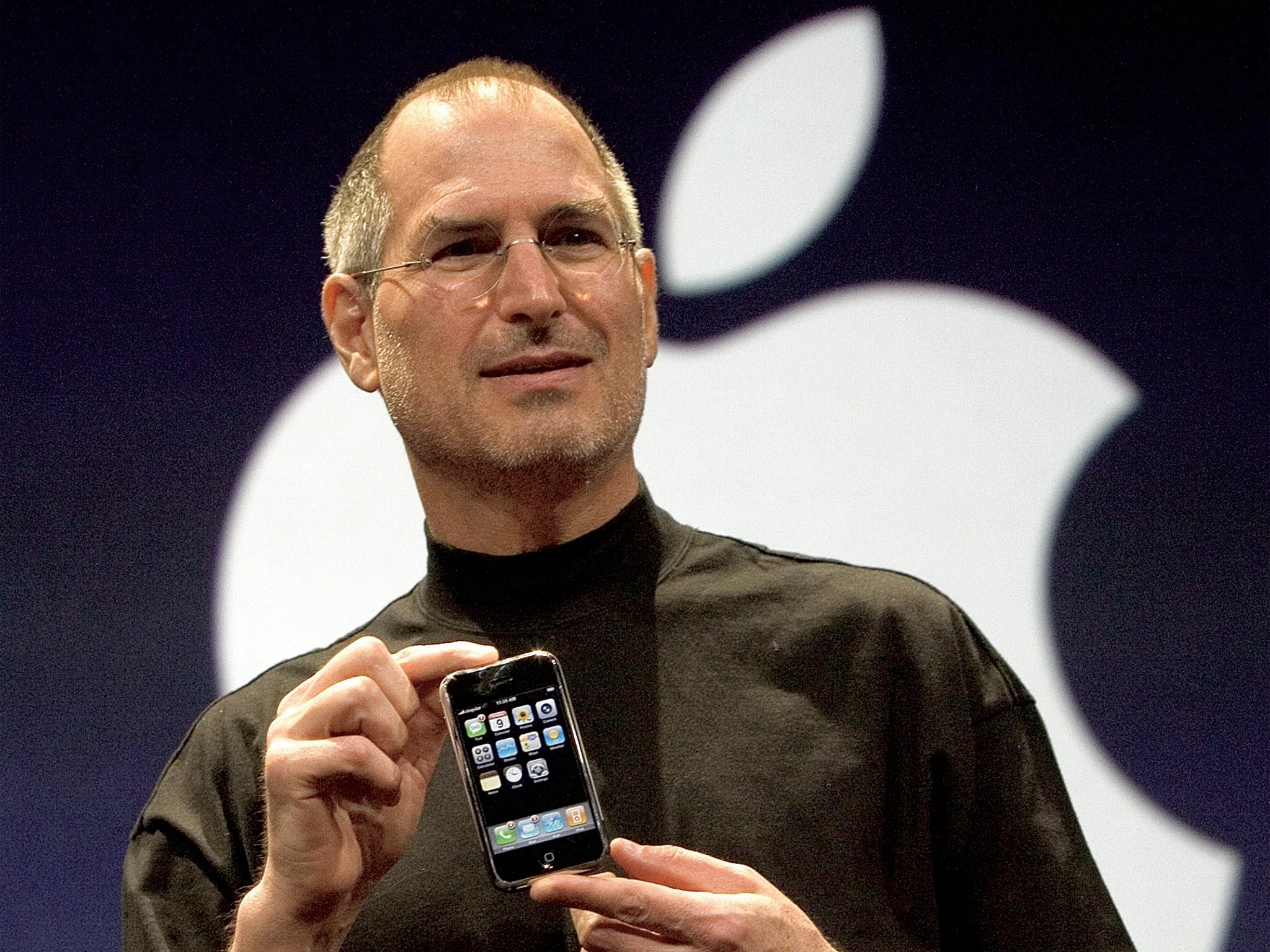
Well, when Steve Jobs originally announced the App Store, he said the 30% cut was just to cover the costs of running the App Store, that they'd be happy if it even broke… even.
That was when paid apps still charged a premium and free apps were actually free as in hobbies, ads, or front-ends. Now, in the age of IAP and subscriptions, the whole economy has changed.
Some assume Apple is just drowning in App Store profits. That they promised Wall Street they'd double services revenue from 2016 to 2020, and most services revenue is the App Store and most of that is IAP games. And, guess what, Apple managed to double that revenue and a do it few months ahead of schedule. Go team money!
But that's not entirely true. About 85% of apps are free-as-in-don't-pay-Apple-30% already. Nothing beyond the $99 annual developer program charge. Of the revenue Apple gets from the App Store, it's estimated 65% comes from games. But that revenue — that App Store revenue — represents only — air quotes only — a third of Apple's services revenue.
Now, some developers feel the 30% is fine. Or rather, they believe it provides sufficient value to justify the cost. It delivers customers willing and eager to pay, and 30% of that is worth much more than 95% of the alternative. In other words, they have no issue with it, not from Apple, not from Xbox, not from anyone. Epic, famously, believes it's fine for game consoles that typically sell hardware at low or no margin, and provide much better partner services for big game studios like Epic, but not for smartphones which are typically sold at much higher margins, at least the ones made by Apple and Samsung, and offer far fewer partner opportunities.
Other developers believe the 30% would be fine if Apple actually delivered on their end with higher quality frameworks, that are fairly available to first and third party apps alike, better subscription and receipt handling, less opaque and capricious reviews, far fewer mistakes, and far more responsive and communicative developer relations.
And still other developers think Apple's not entitled to a damn dime more than whatever the transaction fees are, a single digit, like any payment processor. Like PayPal.
Customers typically don't care about the 30% because they typically don't see it, might not even know about it. They do care that because of Apple's spat with Netflix, Kindle, and other aggregators, it's super not easy, really an inconvenience to subscribe to new services or buy new content directly on the iPhone and iPad.
And some who do know and care legit want developers to get a better deal. Others feel like if Apple lowered the 30%, the developer wouldn't pass the savings on to them anyway and just pocket the different, so go right back to just not caring. Still others feel like Apple isn't doing enough, still letting scam apps and gross subscription schemes onto the store, putting dumb ad boxes on top of still mediocre search results, not forcing apps to update if they want to stay on the store, and otherwise letting it become more of a commodity flea market and less of the high-end boutique Apple's been promising. In other words, quantity, not quality.
Apple feels like they're paying for the operating systems, the frameworks that let any indie developer take on the biggest software houses in the world, Xcode and all the tools, Connect and the entire management system, all the hosting, delivery including app thinning and bitcode, review, providing a single storefront everyone knows to go to, promotions on the store for some but not all apps, and simple payment system everyone trusts. And that all of that costs money and provides value well worth the 30%. And that developers who don't like it are just looking for a free ride and expecting platforms to behave more like charities, and get upset when their scams get caught and go running to social and the press just to unfairly, illegitimately smear them.
Now, some believe that since Apple doesn't actually make that much pure profit from the App Store, dropping it from 30% to 15% wouldn't even hurt their numbers that much. It'd just be slightly less than a little. Like, maybe not significantly at all.
Smaller developers have suggested a progressive rate, where the more you earn the more you pay.
Bigger developers, of course, the opposite. That the more you earn the less you pay. Capped over a certain amount, in fact.
Others that it doesn't matter because whatever Apple drops it to, be it 20, 15, or 10%, just shows that it can be dropped. And then, developers will just start bashing them all over again in a year or several and demand it be dropped again… and again, until it reaches zero. Or, conversely, Apple pays them for the privilege of having the app on the platform. Like cable networks bidding for football.
The pushback on that is, yeah, the power dynamic is so vastly different that the slippery slope just can't exist. Because it's actually a wall.
Personally, I'm still debating between two different takes on this.
The first is keeping it at 30% but really delivering on the promise of the App Store for developers and customers alike. A real focus on eliminating scam apps, outdated apps, websites wrapped as apps. Even if it's only feasible for the top 100 apps in every category. The ones that have the most visibility. Also, no derelict frameworks, no capricious rejections, no accidental terminations, just no BS. Basically, rather than treating developers as second-class suppliers, treating them as first class customers — of App Store services. Making developer sat every bit as much of a bragging point as customer sat.
The second is that Apple should just suck it up and drop the rate to 15% for everything, across the board. Not dropping for droppings sake, or even for the optics, but just to get the balance back towards break-even. Apple's platform obviously provides tremendous value to developers, and apps obviously provide tremendous value to Apple's platform, so periodic adjustments to maintain that balance is in the best interests of everyone, especially customers.
Which one I land on, though, is going to depend on what else happens...
Allowing alternate payments
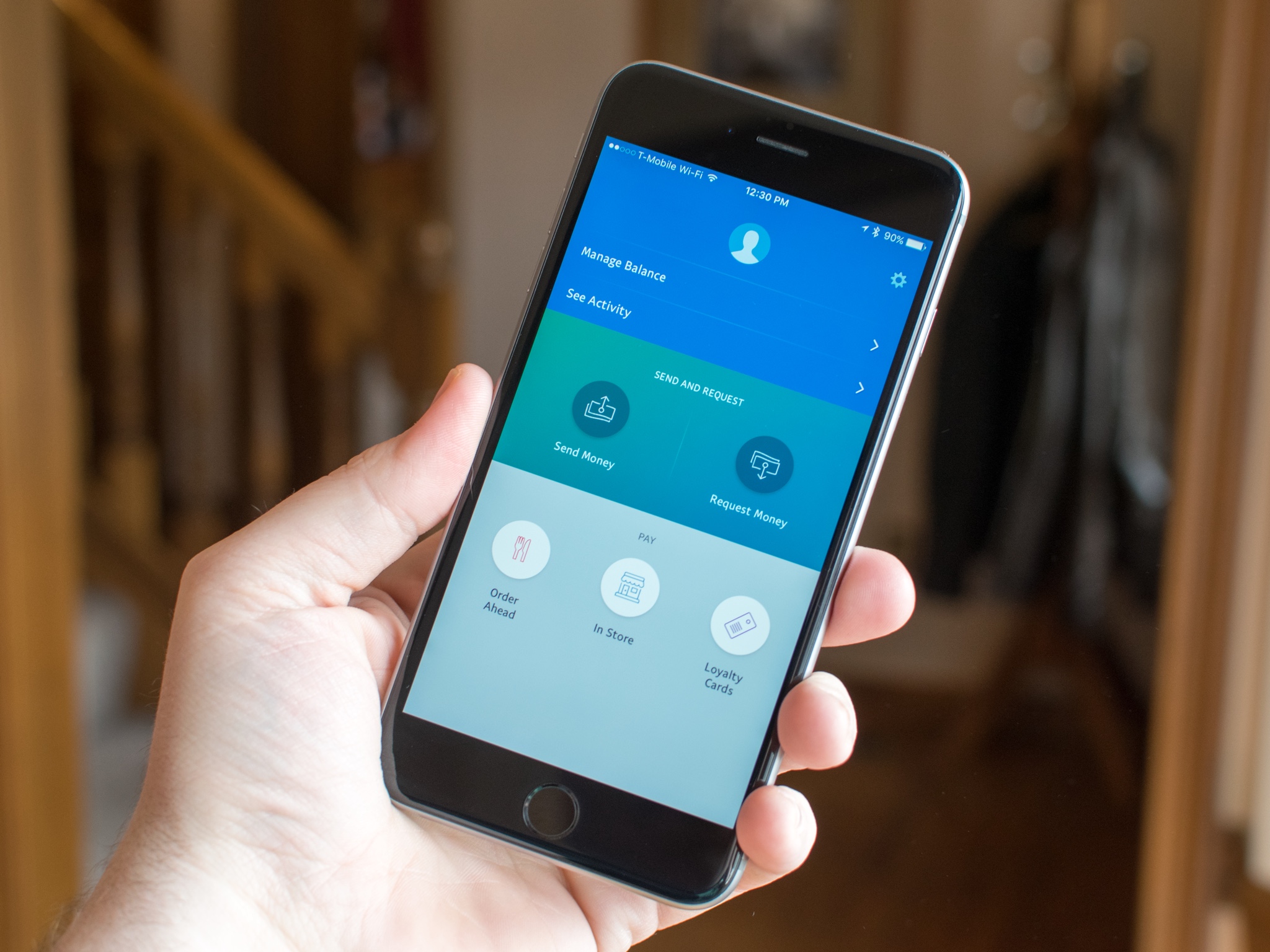
People who want alternate transaction systems say Apple can pay for platforms and tools and fulfillment out of the $99 fee every full-on developer, including developers of free apps, get charged every year to be part of Apple's developer program. Maybe even charge a little more for that if they absolutely have to to break even. But then be forced to compete for the transaction fees based on merit, on providing a better service for developers and experience for customers than the PayPals of the world ever could or would.
People who don't want alternate transaction systems argue that higher program fees unfairly burden small, side-hustle, or just curious developers. And a big part of what made the App Store revolutionary is the single, trusted payment system. That because no one has to worry about how to pay, or whether they have an account or not with any other service, or whether they can trust any old service, they're more likely to pay. That that's exactly why the App Store, despite being on fewer devices than the Google Play Store, typically generates more revenue. And that by opening up to other payment options, we risk more people being scammed, which could have a chilling effect on the whole app economy. Basically sneezing in the soup.
Of course, we just went over that Apple already allows alternate payment systems for retailer apps that sell physical goods. Again, in the Amazon or Best Buy or Walmart or Dominos app, you don't pay with your App Store account, you pay with your Amazon or Best Buy or Walmart or Dominos account or your credit card. And if there was going to be any confusion or chilling effect, we'd already see it.
And, I mean… some people probably do get frustrated or scared and close the pizza app and pick up the phone instead. But not enough to cause any real chilling effect writ large. Also probably because most people know and trust Amazon and Best Buy and Walmart and Dominos — or PayPal for that matter, to begin with. And that may not be true if any rando app could just push you out to any rando web page to take or scam a payment.
Still others have suggested Apple do something closer akin to what Google does on the Play Store. That is, allow alternate payment systems for apps that have content that can also be consumed outside the app.
Not games, sorry Tim Epic. Google mandates Play-only payments for that, same as Apple. But for Netflix, Spotify, Kindle, Comixology, all the reader apps that are basically the exact type of content aggregating app I mentioned in the first section — let those apps sell that content through Apple and or through their existing account system.
Apple could even offer, or require, that those apps use Apple Pay. At least in the markets that have it. It may cause more scrutiny but also engender more trust, and the costs would basically be at transaction level, which is at the absolute lowest end being bandied about.
Either way, a single payment system is only one part of the App Store model, not the whole model kit. So, it's tough to tease out which one part, if any, could actually break the whole thing. But, sure, by all means, be careful what you wish for because you just might get it.
On the other hand, alternate payment systems could effectively eliminate the Hey problem, the Basecamp web-mail front-end app Apple got DHH-bombed about earlier in the year. Also, the Facebook online events problem, where a developer wants to wave their content aggregation cut for a good cause but also not have to foot the bill to Apple their app aggregation cut. Likewise, the online classes problems as COVID 19 keeps us out of classrooms. Maybe even the Spotify problem because Apple would no longer be giving themselves an unfair monetary advantage as platform owner, de factor exempt from their own 30%. In other words, it would solve so many the problems.
Maybe not Xbox Game streaming, but I covered that in a previous video, link in the description.
So, why not games as well? Frankly, because that's where all the money is for everyone, Apple, Google, Microsoft, Sony, Nintendo, Valve, everyone. 65% of the 15% paying the 30%.
That's a terrible reason, and some would argue free-to-play games are a terrible business, like tobacco or Facebook. I have no answer for that, at least not yet, but let me know what you think in the comments.
Adding Side-loading
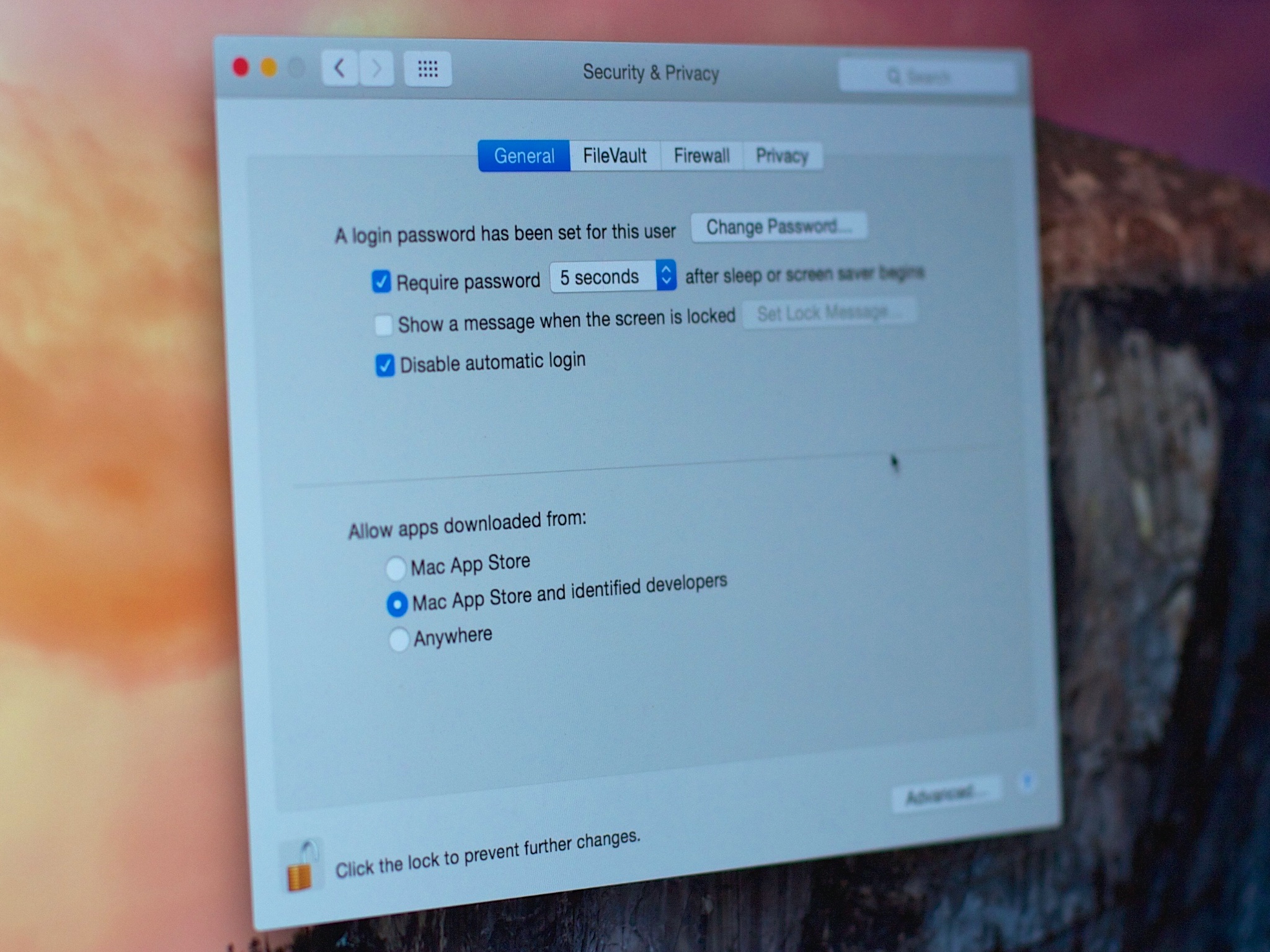
Side loading means getting and installing apps outside the App Store. Mostly from the web. Mostly.
Now, when Apple created the iPhone and when Steve Jobs announced the App Store, it was clear they were using a console model. Like a video game machine, but for apps. They already had a general purpose computer with the Mac, and that made it way more open for enthusiasts but more intimating for the mainstream. The iPhone was meant to be the other way around. More restrictive for enthusiasts but more approachable for the mainstream. If the word console irks you there, if you are irked by it, feel free to use appliance or just managed computing environment.
That parts inarguable. The argument comes with whether or not, some 10 years and billion users later, it should stay that way.
Some would argue that it can't. That it's become so important to so many people, the primary computing platform of our generation, that it simply has to open up and become a general computing platform. That apps need to run on it as openly and accessibly as any PC.
Others that it absolutely should. That it's become so important, hold so much more private data, knows so much more about us than any PC ever did, that it has to protect our privacy, including and especially against the extra-legal actions of own governments, and to do that stay every bit as managed.
Either way, if Apple was going to open up side-loading, how would that work?
Ok, so, on Android, you tap your way through a bunch of warnings, grant a bunch of permissions, then tap on your APK — the Android Package Kit or app file –download, and install away.
On the Mac, with what Apple calls Gatekeeper, you go into security and privacy settings, authenticate, click on allow apps downloaded from, and then choose App Store and identified developers. Or, if you're all live free and download hard, use Terminal to expose a third option, any app from any where.
This means that developers can choose to have their apps in the store, with all the centralization, visibility, trust, and any and all App Store exclusive features, but also all the sandboxing, payment conditions, and review processes that come with it. Or they can try and do everything themselves, directly, from their websites, with far, far fewer restrictions but a far, far greater cut of the per-unit profits. Or they can do both — have App Store and non-App Store versions. Which is either the best or most confusing of both worlds.

People in favor of side-loading are quick to point out that it would mean any app Apple doesn't want on the store for any reason, like console emulators to, could just be made available via side-loading. When China banned VPN apps or if the U.S. bans TikTok or WeChat, they could still be made available via side-loading. At least client side. Great firewalls can still block any and all server calls.
Mostly, though, if Apple insisted on keeping their cut at 30% and not allowing alternate payment methods, developers could still choose to fulfill their apps themselves and keep all the profit via side loading.
People who hate the idea of side-loading are just as quick to point out that it would allow porn and gambling and any manner of dark web front-ends onto their kids phones. Also, piracy. Not just for emulator binaries but cracked apps and torrented content. And, through all of that, it would open the iPhone and iPad app up to malware, spyware, and adware at a hitherto undreamt of scale. And yes, I really just did say hirtheroo undreamt of.
The Mac had side loading for decades before the advent of the Mac App Store. But it was also a tiny, low-profile, unprofitable target for malware back then as well. Now, not so much, and we're seeing similar tensions between Apple trying to place iOS-like protections on what's traditionally been a completely open computing system.
But every time a big games not available on a store or in a certain country, we see malware laden versions of it spreading as fast as any safe mirrors. Or spyware from nation-states meant to be used on their own citizens, journalists, and dissidents.
Some, like Epic, don't just want side-loading. They want alternate stores. On the official stores. Because they still want that initial convenience and exposure. But, then, to just take it over from there.
So, basically, you open the App or Play Store, download the Epic Store, and from then on that's where you get all your Epic stuff from. That way, they can be masters of their own destinies and, yeah, keepers of all the monies.
Others argue that that will just make getting apps more complex, as people will have to figure out which store has which app and setup and remember accounts for each store, and force them to use stores with worse or just downright terrible experiences, just get the games they want, like Fortnite.
One middle ground would be Gatekeeper for iOS. In other words, side-loading but restricted to notarized apps. Apps that have developer accounts still signed and certified as trusted by Apple. Basically, how the Mac is but without that terminal command that opens it up to everything.
It wouldn't stop every bad app or bit of malware from getting on the system. Cat-and-mouse "games" by definition have fully functional, genius-level cats and mice.
With notarization, though, if a mouse slips through, the cat still has a big red mouse-terminating button it can hit even after the fact. (Not a real mouse. Don't worry. A malware mouse. Code. Whatever. It's just a saying. Relax about it.)
It also wouldn't stop governments from pressuring Apple into withholding notarization from apps they don't like. Which is legit the only reason I'm not just all in on Gatekeeper as the best of all compromise solutions.
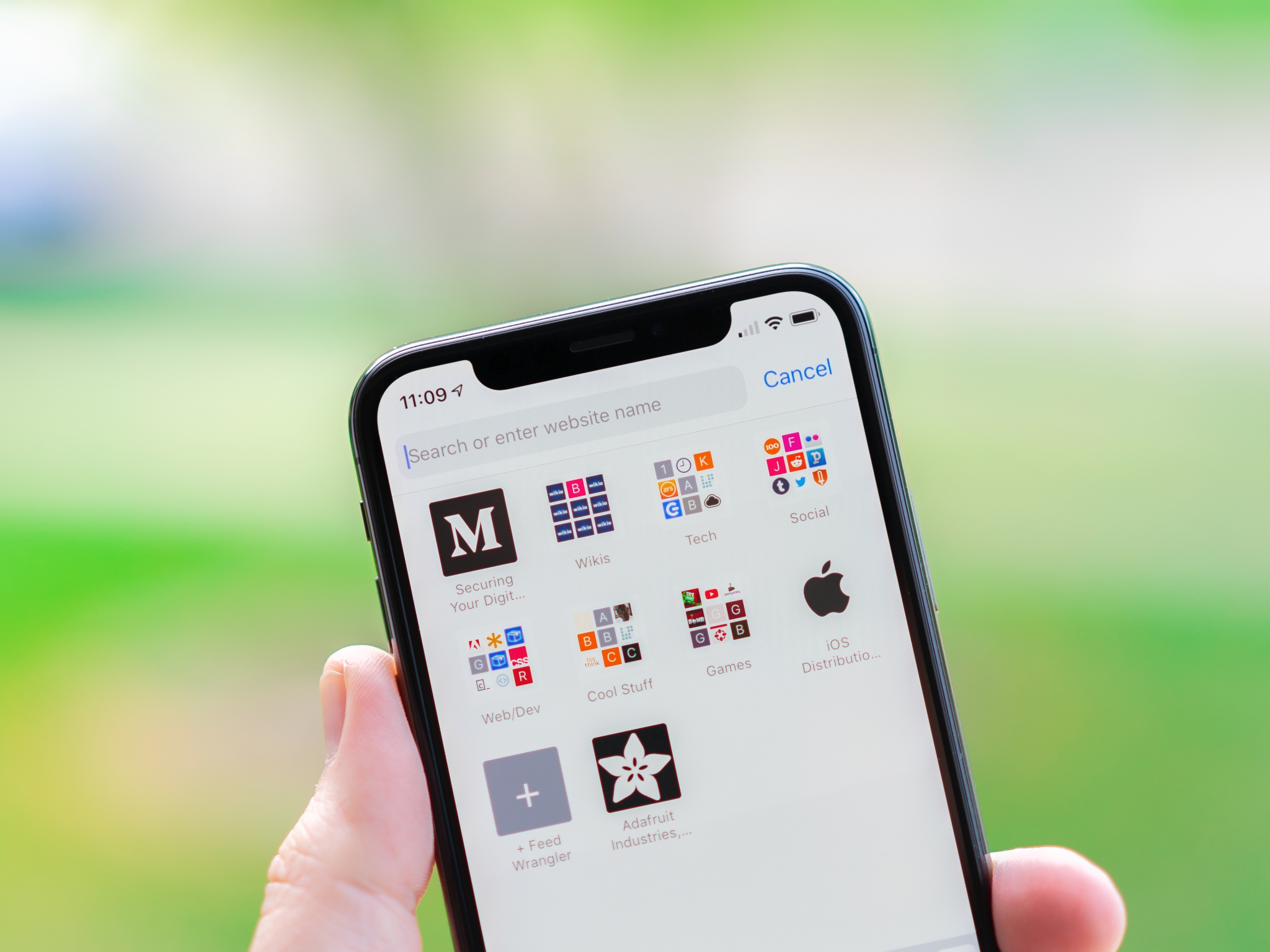
Another middle ground is progressive web apps. PWA. That means websites that act as native apps and have many if not all of the capabilities of local apps. But with maybe, just maybe, less ability to attack the system than truly native, side loaded apps.
Apple currently doesn't support anywhere nearly the amount of PWA tech that Google does, citing some of the same security and privacy concerns Mozilla does. But there may be some functional middle ground.
Like a next-generation version of Steve Jobs' initial sweet solution. Back when the iPhone team just didn't have time to make an App Store for version one, to hold people over while they raced to make it for version two. And, since then, the alternate app distribution model Apple's talked about any time anyone from Playboy to congress has come calling about App Store policy.
The pushback on this is that, like the future, high performance web apps are always coming but never quite arriving. That they're bloated and sluggish, less capable and yet more resource draining. Basically, that everyone hates what Electron apps to on laptops and don't want anything like them, any browser instances at all, anywhere near their batteries on iPhones or iPads. Also, even with WebGL or a hypothetical WebMetal, they wouldn't solve for Fortnite, TikTok, or VPN apps.
The bigger problem
None of this solves everything. Apple apps being granted higher levels of trust to permissions and private frameworks developer apps don't get. The lack of trials or demos or upgrade pricing. Or that no developer should ever have to deal with any unreasonable fear or uncertainty over an app they invest everything in being rejected for unexpected reasons.
I'd even argue that none of this is the actual problem – the one I mentioned at the beginning — that apps are going mainstream the way every other type of content has, and developers, app creators, are being commoditized and crushed the way every other type of content creator is.
What side loading, even maybe especially Gatekeeper side loading, does solve for the biggest, bluntest, most mass-driving storm-breaker-of-a-meteor-hammer facing Apple and big tech together — the largely tech illiterate regulators that currently have them in their sights.

Rene Ritchie is one of the most respected Apple analysts in the business, reaching a combined audience of over 40 million readers a month. His YouTube channel, Vector, has over 90 thousand subscribers and 14 million views and his podcasts, including Debug, have been downloaded over 20 million times. He also regularly co-hosts MacBreak Weekly for the TWiT network and co-hosted CES Live! and Talk Mobile. Based in Montreal, Rene is a former director of product marketing, web developer, and graphic designer. He's authored several books and appeared on numerous television and radio segments to discuss Apple and the technology industry. When not working, he likes to cook, grapple, and spend time with his friends and family.
